Roger’s Ramblings

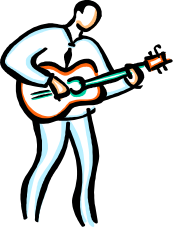
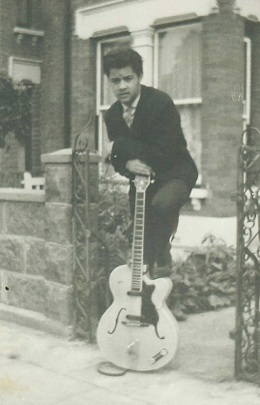
When I got into a better, regularly gigging band, I swapped one Burns for another, this time a very secondhand Burns Bison. I have a vague notion it had been hand painted black. I may be wrong but I think it had four pickups. The old guitar was a bit battered and had seen better days but I thought it was great.
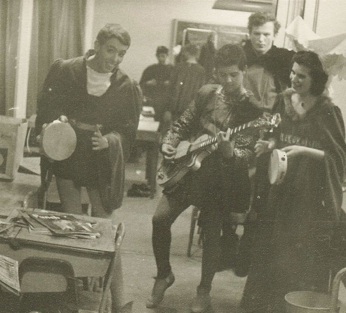
The band threw me out when they found a more accomplished lead guitarist and I went it alone for a bit. I really wanted a Fender Strat or a Gibson ES 335 but I couldn’t afford either so I made do with a cherry red Hofner Verithin. With a pal who was a true musician, we formed a folksy duo called Silver and Gold (Steve Silver and Roger Gold) and I discarded electrification for a Levin Goliath dreadnought.
Burns Vibra Artist
Early Buns Bison, note four pick ups
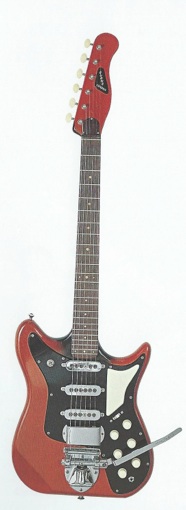

It always seemed that the late fifties set the standards of what players regarded as desirable instruments. Even today, if you see bands performing, the old classics are heavily in evidence. Most of them are still in production and copies abound. Check it out and you will see your favourite players with Fender Strats and Teles, Gibson Les Pauls, SGs and ES 335/345/355s. There is always a smattering of Gretschs and Rickenbackers. Early models are ever in demand. Pre CBS Fenders and pre ‘64 Gibsons are greatly revered and cost a fortune. Are they so much better than their modern equivalents? I suspect not. In the old days, I suppose the guitar itself and its electronics were crucial. Today, with precision mass manufacturing, it is likely that modern instruments are every bit as good, if not better than their older counterparts. Modern, highly sophisticated electronic devices and computers can produce literally millions of sounds for musicians to choose from so an instrument’s own pickups and controls are more or less irrelevant.
It all sort of fizzled out pretty quickly but not before had I invested in the only new guitar I ever bought, a Gibson J45, which I eventually sold to buy a Triumph 1800 Roadster car. That was more or less it, until many, many years later, in the early eighties, when I finally achieved my ambition and bought a Gibson ES 335 from a musician in Houston.
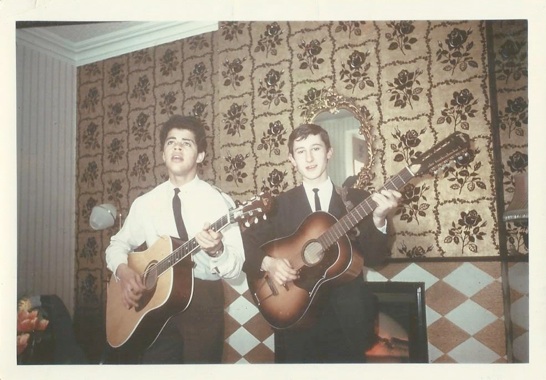
Steve Silver and Roger Gold (Roger right, Steve left)
